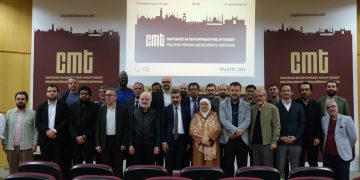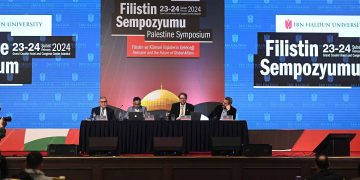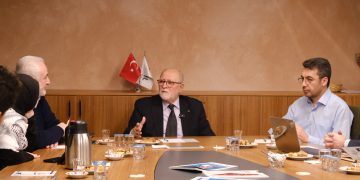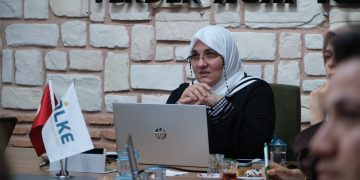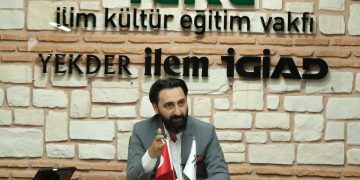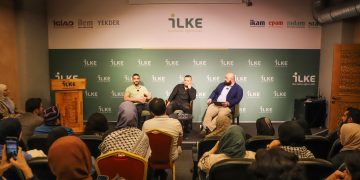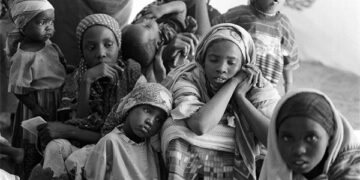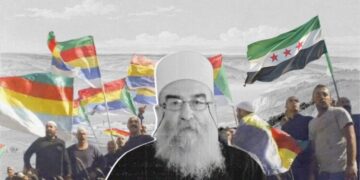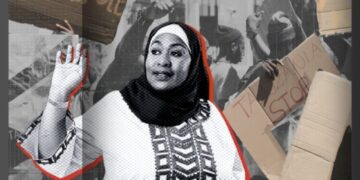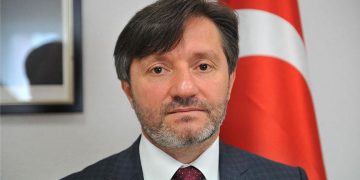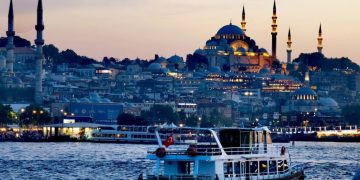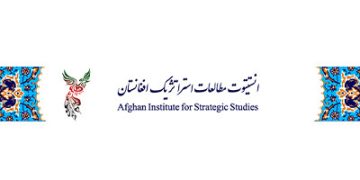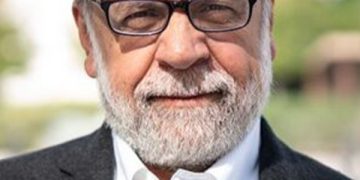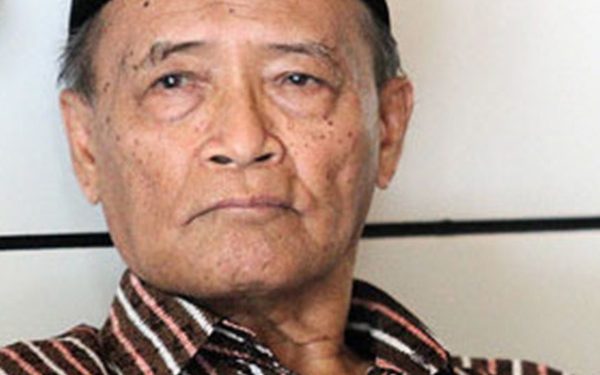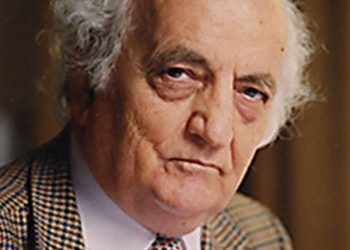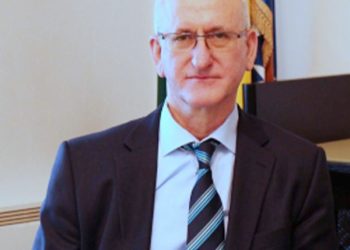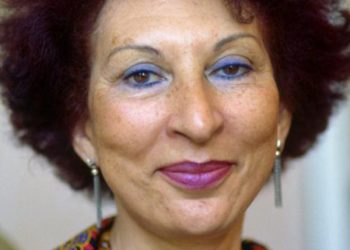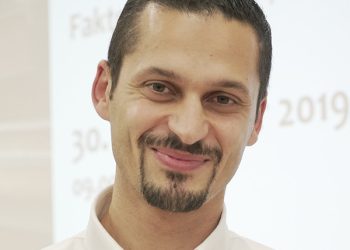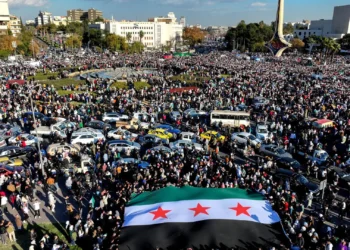Born on May 31, 1935 in Sumpur Kudus, Ahmed Syaf’i Ma’arif grew up in an ordinary family in a West Sumatran village. From childhood, his education was emphasized. He completed primary school near his home in as little as five years. In addition to public schools, he also attended a religious school at Ibtidaiyah Muhammadiyah Kampung Sumpur in West Sumatra. Ahmed Syaf’i Ma’arif then attended Muhammadiyah high school and graduated from the Muallimin Muhammadiyah Lintau Madrasa in West Sumatra. After graduating from there, he moved to Yogyakarta to continue his high school education. However, he was denied permission because the education of muhtadis in West Sumatra was not recognized. As a result, he returned to the Muallimin Madrasa in Yogyakarta, which belonged to the Muhammadiyah organization. After graduating at the age of 21, he was asked to serve in education run by the Muhammadiyah organization. He was sent to East Lombok, West Nusa Tenggara (NTB) to teach in Muhammadiyah schools.
After completing his duty, he returned to Java to continue his studies at university. He studied history at Cokroaminoto University in Surakarta. During his busy university life, especially when he lost his parents, he had to work to earn a living and pay for his studies. Therefore, he taught middle and high school students in the areas close to his campus. Due to the intense and political situation at the time, Syafi’i Ma’arif was only able to graduate at the age of 29. He then began teaching at the Islamic University of Yogyakarta. He studied History in the graduate program at Ohio University’s History Department and Islamic thought at the University of Chicago in the United States. Having excelled in academia, Syafi’i Ma’arif did not forget the Muhammadiyah organization that had guided him since his childhood. He was very active in this Islamic reformist organization.
In 1998, at the beginning of the Reform Period, his name became more and more popular. He replaced Amien Rais, the president of PP Muhammadiyah, who at that time entered politics by forming the National Mandate Party (PAN). Muhammadiyah’s reputation as a non-political cause organization was being preserved. Between 1998 and 2000, Amien Rais was asked to continue his leadership. Within two years, Syafi’i Ma’arif succeeded in bringing the Mohammediya back on track. Ahmed Syaf’i Ma’arif is a respected Indonesian Muslim intellectual and Muhammadiyah leader who promoted the country’s pluralistic society and the non-sectarian principles of Panca Sila during its call for Islamic fundamentalism. He served as leader from 1998 to 2005.
In 1998, the year of Suharto’s downfall, Ahmed Syaf’i Ma’arif assumed leadership of Muhammadiyah and its thirty million members and sympathizers, strengthening his country’s fresh hope for democracy, reform and good governance. During Indonesia’s ongoing sectarian conflicts between majority Muslims and minority Christians, Syaf’i Ma’arif spearheaded interfaith dialogues, reminding Muslims that Islam teaches the equality of all people. On 9/11 and the US invasion of Afghanistan and Iraq, and when terrorism struck Bali and Jakarta, he emphasized that “terrorism is not the true face of Islam” and condemned it as a “crime against humanity”. At the Muhammadiyah congress, Muqtamirin again asked Syafi’i Ma’arif to become the General President of PP Muhammadiyah 2000-2005. Although he has not been the leader of Muhammadiyah recently, he is still interested in Muhammadiyah, Islam and the development of Indonesia.


